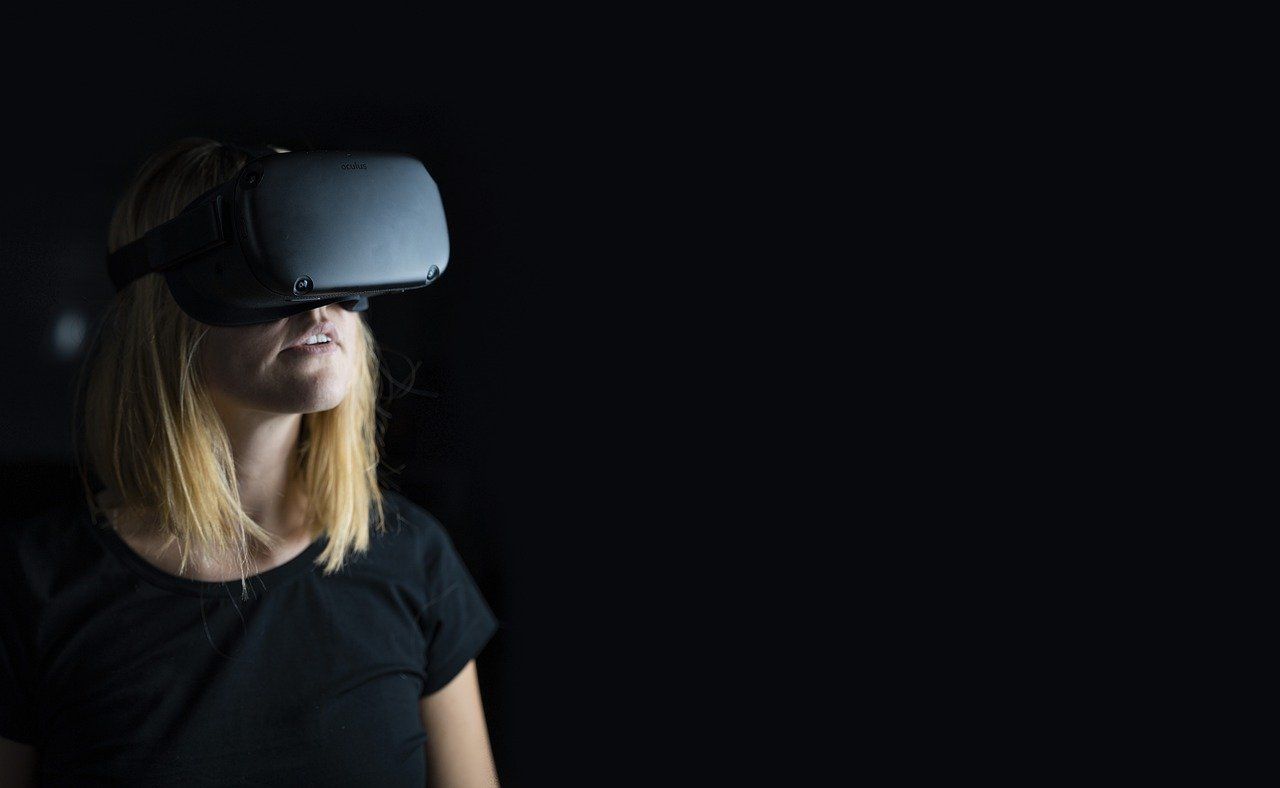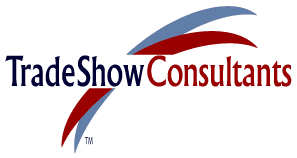





We recently had a chance to interview Peter LoCascio of Trade Show Consultants. Peter has extensive experience in the trade show industry, and we’re sure that the information he shared with us during the interview will give you a unique and insightful perspective on exhibiting. For more information on Peter and the services his company offers, visit his website here.
My dad, Joe LoCascio (1912-1988), was a graphic artist in and around New York City and an early pioneer in what today is known as the exhibit business. Starting at the age of 13, I worked weekends and school holidays with my dad at Exhibit Craft, Inc. in Long Island City, N.Y. doing whatever I was asked in any department that needed me. I eventually graduated through the ranks to manage 40 trade shows a year for Olivetti Underwood. Leaving ECI and moving to the client side of the business, I held positions as Corporate Trade Show Exhibits Manager for Sperry UNIVAC, Memorex, and Beckman Instruments.
I created Trade Show Consultants more than 35 years ago to develop strategic and tactical sales and marketing programs for trade show exhibitors, creating a finely tuned culture of service, customer support, and effective sales management. Many of the policies and procedures created to make the most of trade show exhibiting are imprinted on an exhibitor’s service culture and continue to be employed long after the close of the trade show.
Over the years, Trade Show Consultants has worked with clients from boot-strapped start-ups to Fortune 500 corporations in virtually every industry. The common denominator has always been to help maximize trade show exhibiting results and increase the effectiveness of exhibiting as it relates to pre-determined sales and marketing goals and objectives.
Trade Show Consultants assumes strategic and tactical duties for clients who might or might not have a full-time trade show exhibits manager on staff. Services include developing goals and objectives, developing exhibit design parameters and managing construction, show services management, transportation logistics, product presentation strategies and tactics, booth personnel training, sales lead qualification procedures, sales lead follow-up management, post-show evaluation and reporting.
Usually a new client feels that something is lacking in their trade show exhibiting, especially when they see the competition doing a better job on the show floor. Often it’s when a new product introduction absolutely needs to be successful at a major trade show that a client needs additional support. The initial input meeting usually covers an exhibitor’s perceived problems, historical review, future opportunities and establishing clear trade show exhibiting goals and objectives. The documentation of a working plan, budget and schedule, including agreed upon goals and objectives, establishes the foundation on which the trade show strategy and tactics will rest. It also helps begin to develop a master plan which encompasses all participating support activities that will be required to ensure success. An overall project timetable of action items distributed after the initial input session, followed by weekly status meetings and documented meeting minutes, help to keep the planning and tactical issues on schedule.
Early on, get your purchasing department involved in the project to ensure that the finer aspects and details of spending your corporation’s hard-earned money are handled properly.
Keep in mind that the exhibit can only set the stage for real people presenting real products generating quality sales leads that in the final analysis will determine whether the show was a success or failure.
Start the process formally and get top management in on the planning at the early stages of the project to ensure complete understanding and compliance of the exhibit’s goals and objectives. Anyone in management who might be able to add, change or alter the design of the new exhibit should be involved in the beginning to avoid any last-minute changes that will add to the price, construction time and frustration.
Document the new exhibit’s overall goals and objectives before the design phase begins. Identify the exhibit’s physical requirements like storage, customer services center, conference areas, product presentation logistics, signage limitations, electrical routing and basically anything special to your objectives that will need to be accommodated by the exhibit. Carefully research the physical limitations of the booth space you rented and make sure that there is nothing in the exhibit hall to hinder the placement or operation of your new exhibit on the show floor.
Decide whether the new exhibit will need to be used in the same amount of booth space every time or if it will require a bit more flexibility to be used in other booth configurations. For instance, you might want a design for a cubic content exhibit space that uses modular components that can then be used in a linear configuration for supporting smaller shows.
Ensure that the exhibit builder provides detailed set-up and packing prints to minimize hall labor’s time and expenses while trying to figure out how to set up and dismantle the exhibit and to avoid damage during transportation.
Generating quality sales leads starts with an exhibit that communicates important non-verbal communications to attendees while they walk the aisles. Much like the headline and body copy in magazine space advertising, exhibit signage must communicate clearly and accurately from the neutral territory of aisle who the exhibitor is, what are they presenting and where the products can be seen.
It is hard to grasp the fact that if an exhibitor’s goal is to attract 10% of trade show prospects at a show that draws 5,000 attendees, the exhibit must essentially keep 4,500 non-prospects from entering and allow only the very important 500 prospects to effectively identify the exhibitor, its products and enter the booth to obtain additional information and start the selling process.
Once a targeted prospect enters the exhibit, trained, well-identified booth staffers should be equipped to ask questions, give realistic answers, seek additional technical and management support, demonstrate a product while explaining its features, benefits and value and documenting the prospect’s reaction and next step requirements.
While it is tempting to stage something of a three-ring trade show exhibit circus with hundreds of attendees packing the exhibit because of some borrowed interest gimmick, don’t expect to generate many quality serious sales leads that a sales person will follow-up after the show.
Attendance at many trade shows is down considerably, which means only high-level quality managers with specific purchasing objectives are traveling to national shows. They represent serious prospects that cannot be ignored.
Many exhibitors have dropped out of trade shows. In many cases, the competitors still on the exhibit floor will try to bury the no-show by casting their absence in a less-than-flattering light. Your competitors will take every opportunity to take away your existing and future business. They might suggest to customers and prospects that perhaps the no-shows are in financial trouble and that it might be unwise to risk doing business with a company that’s got one foot in the grave. So really, exhibitors who have at least competitive products should not drop out of any trade shows that their prospects or customers attend. Reduce space, use simpler rental exhibit materials, and staff the booth with local people, cut expenses wherever you can but do not drop out of any trade show where your competitors, prospects and customers attend.
I expect virtual trade shows might be used in limited applications, especially when products or services become off-the-shelf commodity items. They will not, however, take the place of a trade show sponsored by a professional association in conjunction with their national or international annual meeting where exhibitors present and demonstrate new products and services that add to the education and knowledge of their attendees.
I can’t imagine any national professional organizations in Medicine, Dental, Science, Electronics, Green Technology, Business, Law, Military, Food, Banking & Finance, Agriculture, Automotive, etc. abandoning its trade show activity. It is too integral a part of the education that members gain every time they attend their annual conference and step on the trade show floor to see and experience new products and services specific to their industry.
Today’s trade show is still the equivalent of the ancient town square marketplace, where goods, services and money changed hands. Those corporations who embrace the fact that exhibiting is a selling function and plan accordingly will successfully use trade shows as a means of presenting and demonstrating products to a highly selective audience of key prospects. There is no other face-to-face selling function I know of that is as efficient, economical and effective as exhibiting at correctly targeted trade shows.
My web site www.tradeshowconsultants.com
under the “Articles” banner offers 21 informative articles covering a myriad of important trade show exhibiting topics I have experienced firsthand that many of today’s trade show exhibit managers use as important reference and guidance tools.







All Rights Reserved | Trade Show Consultants